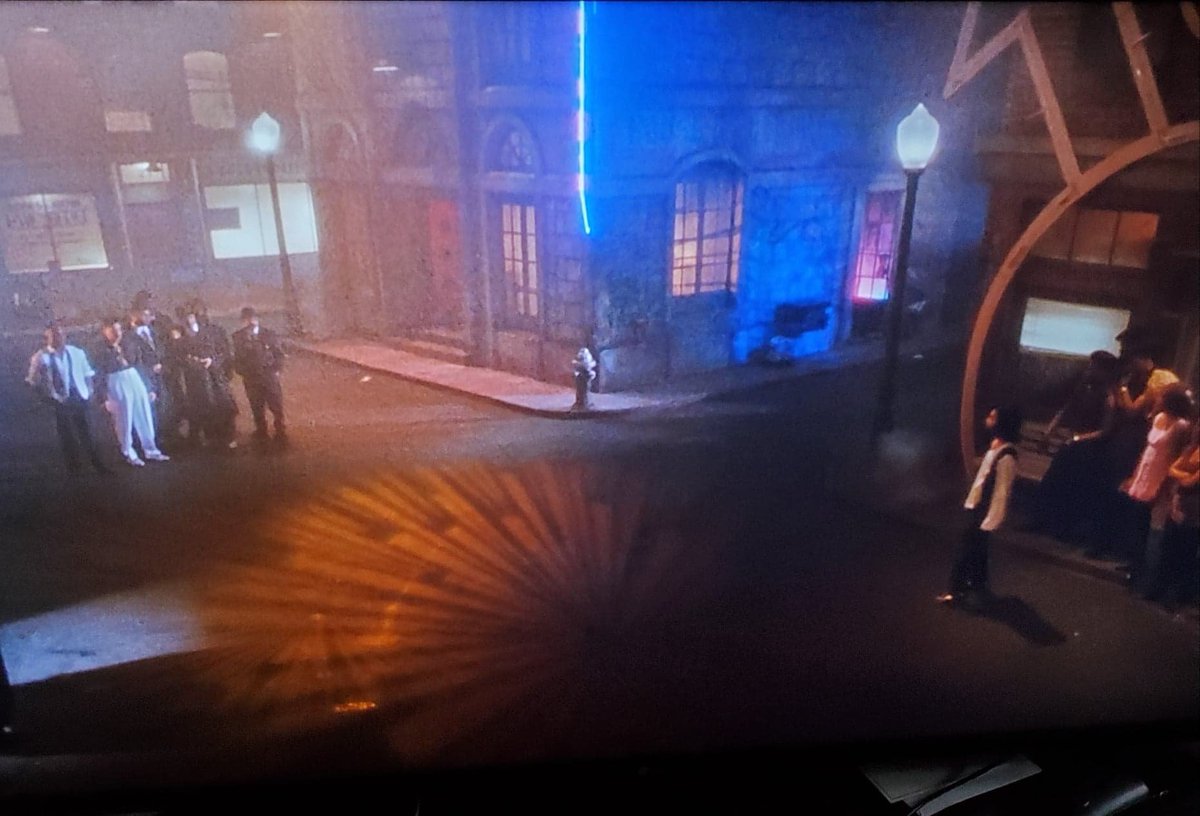#PurpleRain9on9

#PurpleRain9on9
No shade, but any attempt to sound like this song only ever sounds like an attempt.
And (too) many people have tried.
The “1999” LP came out in October 1982 so fans had been playing it for 10 months by the time Automatic dropped.
Listen to that song and let that sink in.
#PurpleRain9on9

There are a lot of sonic risks in WDC that, combined, make for a unique track.
scottwoodsmakeslists.wordpress.com/2015/11/03/how…
As a producer and a musician, Prince has proven over and over to be something of a tinkerer. He likes to hit all of the buttons, mess with all of the levels.
But one thing we can know for sure is that none of the success he had with PR would have been quite the same without WDC leading the charge.
So let’s talk about the video briefly, because it’s impossible to not mention it.
Think about what that chain of events was like in 1984:
2) The video drops the following month, and it shows us that there is some amazing (we assume) cinematic experience to go with this insanely good song.
3) The month after that, the movie opens and everything goes purple for the next 30 years.
vox.com/xpress/2014/10…
Again, come back over the next few days to see entries for the remaining tracks from the Purple Rain album by @Miss_EThompson @PrincesfriendYT and @deejayUMB
amazon.com/gp/product/193…
Thank you for stopping in. May you live 2 C The Dawn.
Also, if you read this thread backwards it has a secret religious message.
(Just kidding. It's the devil.)












































